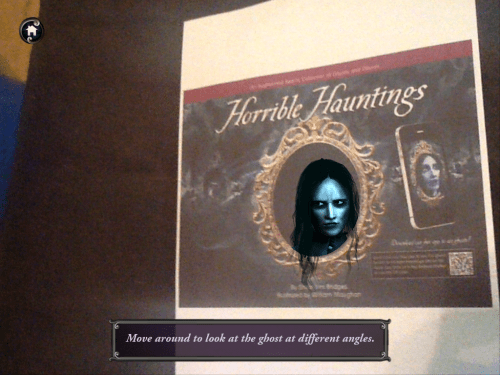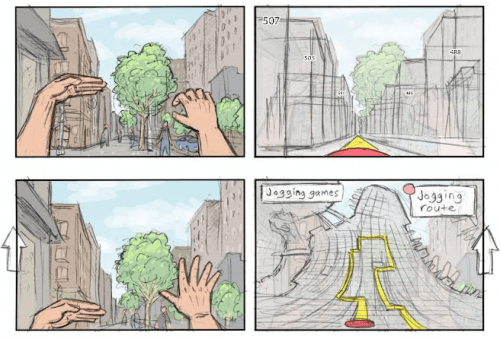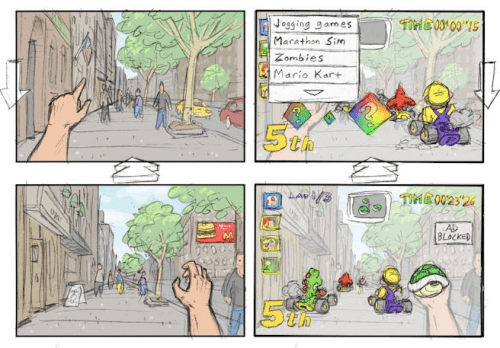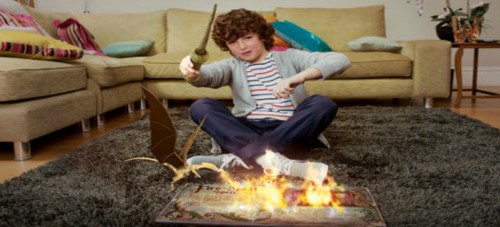Harrry Potter is about to get the Pokemon Go treatment.
Niantic Labs, the Google spin-off that developed the Pokemon Go augmented reality game, has announced they have a deal with Warner Brothers to produce a game called Harry Potter: Wizards Unite:
We’re incredibly excited to announce this next step in the evolution of AR mobile entertainment. With Harry Potter: Wizards Unite, players that have been dreaming of becoming real life Wizards will finally get the chance to experience J.K. Rowling’s Wizarding World. Players will learn spells, explore their real world neighborhoods and cities to discover & fight legendary beasts and team up with others to take down powerful enemies. We’re thrilled to partner with Warner Bros. Interactive Entertainment, and WB Games San Francisco’s development team to bring this magical and beloved series to life in a brand new way. Harry Potter: Wizards Unite will leverage the full stack of the Niantic Platform while also providing an opportunity to pioneer all new technology and gameplay mechanics.
We look forward to seeing you outside on your next adventure. Stay tuned to our social channels for updates as we work to bring this game to life.
David Haddad, president of Warner Bros Interactive Entertainment, said: "With Portkey Games, we are thrilled to answer the fans’ requests for more games inspired by J K Rowling’s Wizarding World. We are working with talented creators to build games that focus on player-generated stories, which will live alongside the magical universe created by J K Rowling."
There’s no word on the price, release date, or game play, but I for one am hoping they will find a way to enable wizard duels. Casting spells is fun and all, but playing against another wizard would be better.


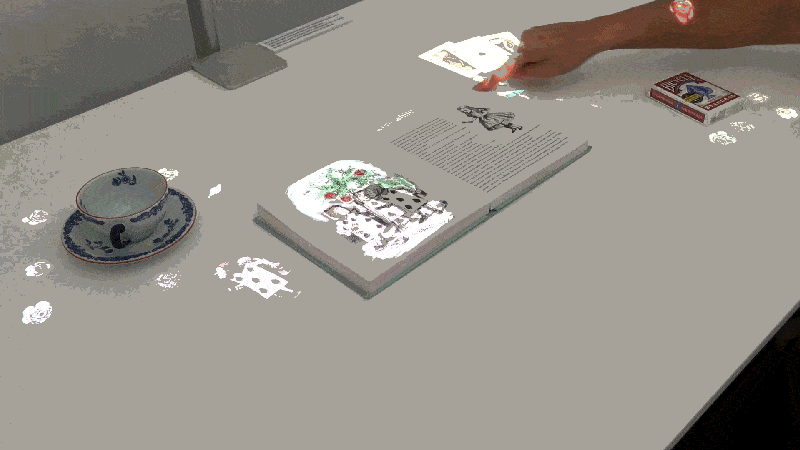
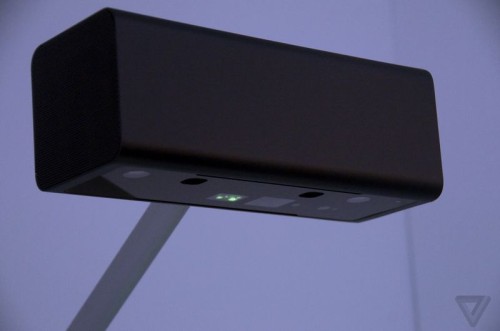
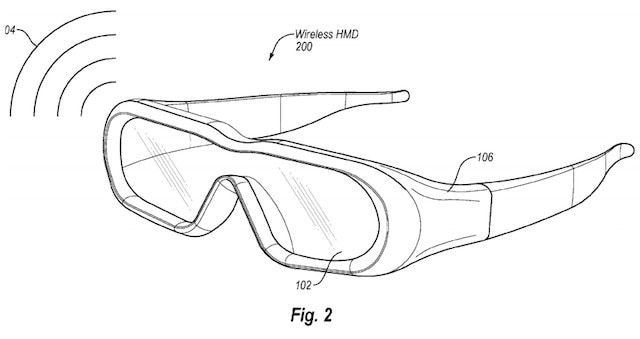

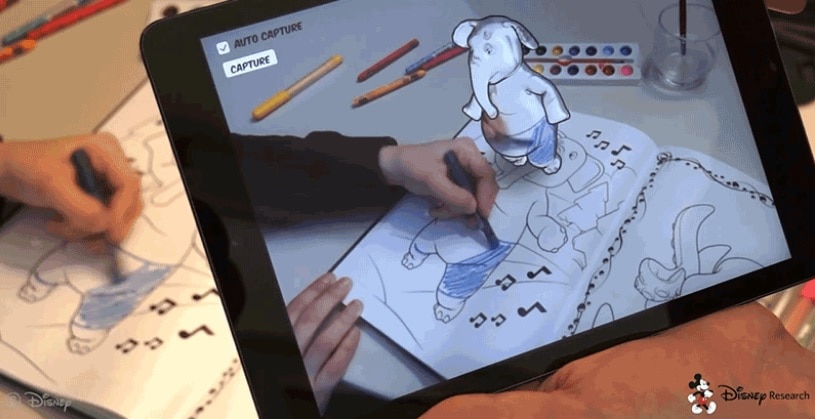
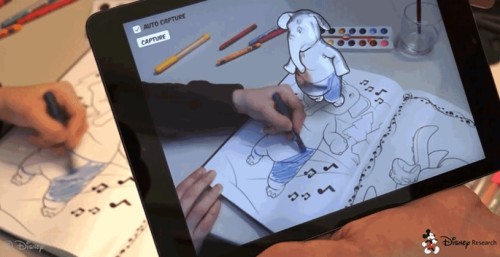

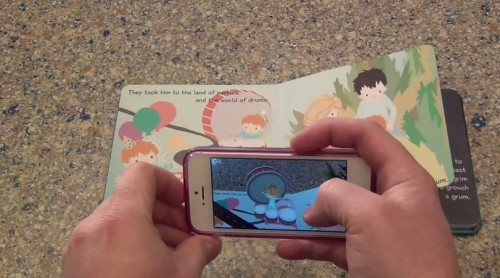
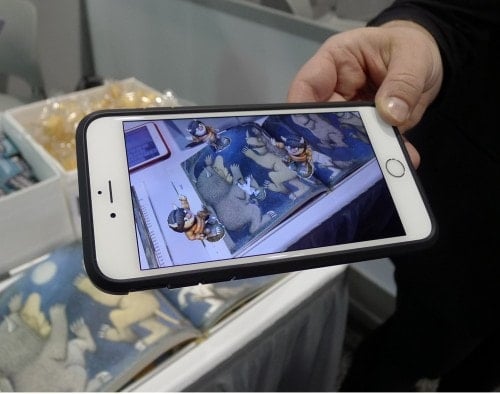
![beach2[1]](https://the-digital-reader.com/wp-content/uploads/2014/01/beach21-250x167.gif)
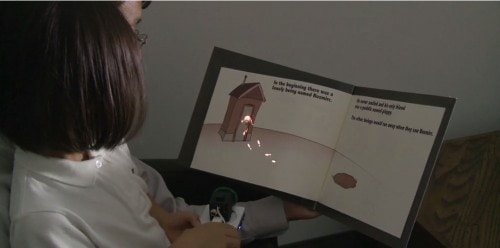

![HideOut-Device[1]](https://the-digital-reader.com/wp-content/uploads/2013/07/HideOut-Device1-250x166.jpg)
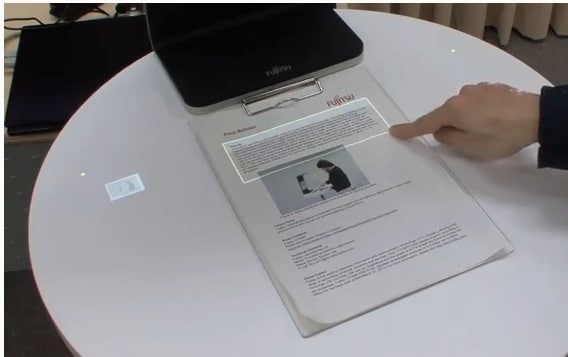
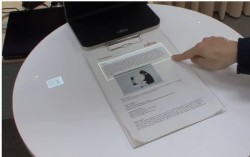
![dentsu[1]](https://the-digital-reader.com/wp-content/uploads/2013/02/dentsu1-500x234.jpg)
![mzl.nrdspzho.320x480-75[1]](https://the-digital-reader.com/wp-content/uploads/2012/09/mzl.nrdspzho.320x480-751-250x166.jpg)
